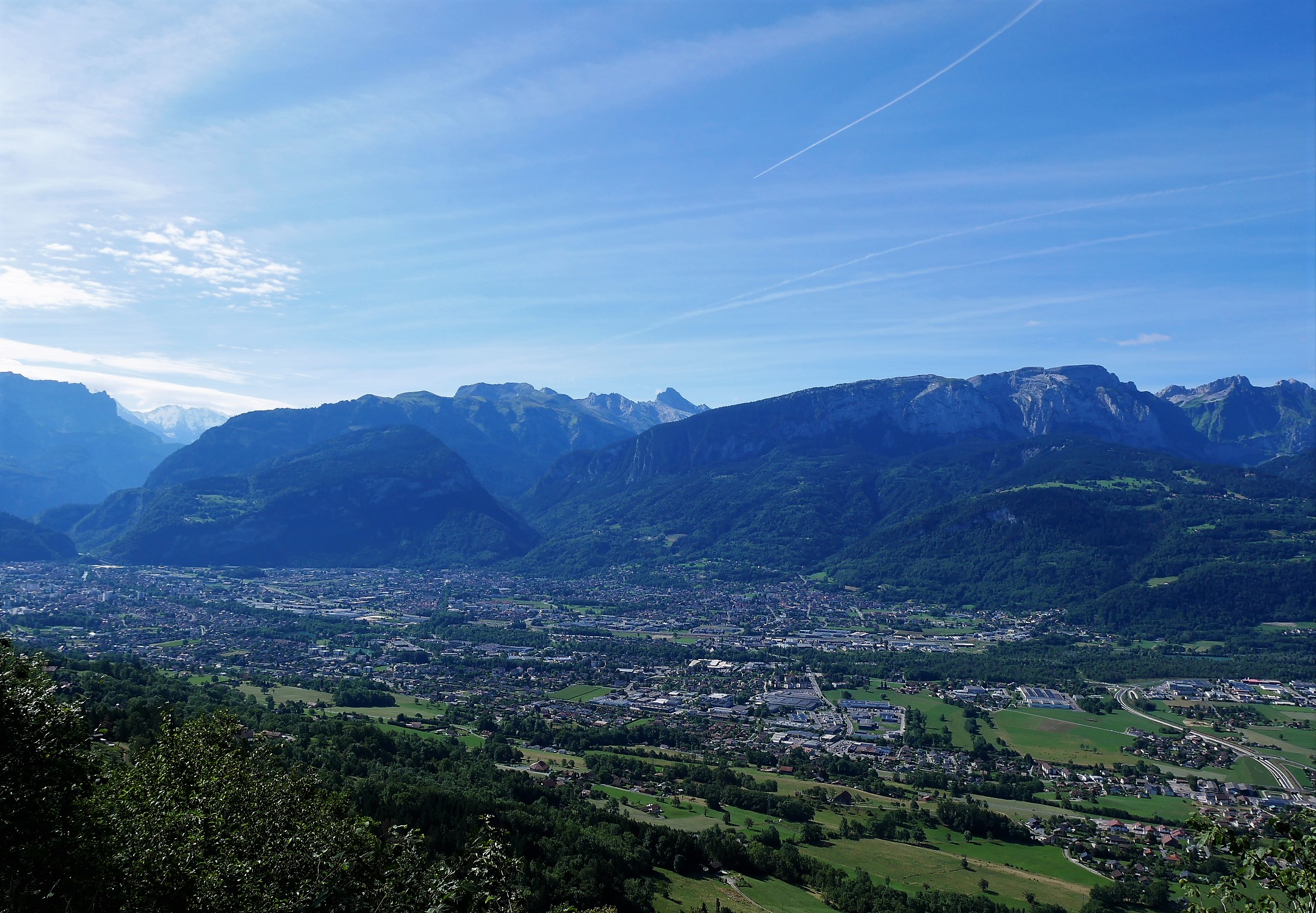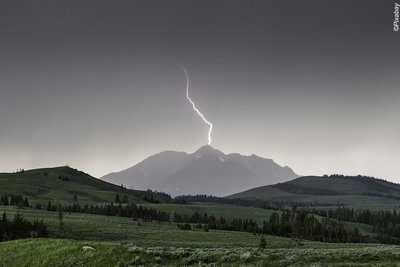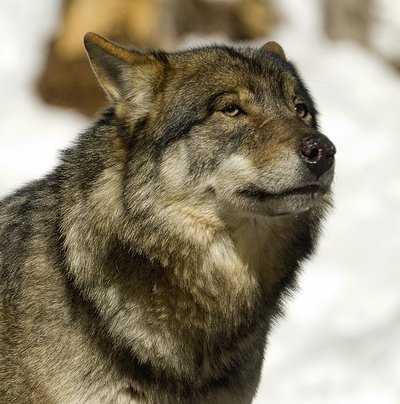The Coux circuit

Mieussy
The Coux circuit
Medium
3h
12,2km
+490m
-490m
Embed this item to access it offline
From identifying a particular flower to deciding on the right approach in the event of a lightning strike, this trail offers a number of fascinating stops along the way!
Attachment
- Downloadpdf
circuit-sur-les-coux
Credit: Points d'intérêts du parcours - Asters-CEN74
4 points of interest

 Peak
PeakThunderstorms in the mountains
- Avoid elevated spots: ridges, summits, isolated lone trees. In a shelter or in a forest, keep away from walls or tree trunks that can attract lightning. When a lightning strike forms, it takes the shortest route and generally strikes the highest point. - Wait for the storm to pass: avoid running and moving around, the best pose you can take is squatting with your feet together. Are you familiar with the phenomenon of "step voltage"? If you keep your feet together and firmly placed on the ground while squatting, you can avoid getting electrocuted by a nearby lightning strike, as the current will hit the ground first, before safely passing through your grounded feet. - Keeping distance: if you can, try to distance yourself from metal objects that you put in your bag (sticks, ice picks, climbing gear, etc.), but also from each other by moving away from each other. - Here's a hint: You can estimate the distance of a thunderstorm by counting the number of seconds between the flash of lightning and the thunder. Multiply this figure by 300, which is roughly the speed of sound in metres per second. The result is the distance in metres between us and the storm.
@MathieuAncely  Fauna
FaunaThe Wolf
Ever since its return to the Alps (Mercantour National Park in 1992), the wolf has been increasingly present in mainland France. Having disappeared from France around 1930, it made a successful comeback 30 years ago and is gradually continuing to spread. The wolf is an opportunistic species that can establish itself in a variety of environments, from plains to mountains, as long as there is an abundance of its primary prey. Wolves mainly prey on wild ungulates such as deer, roe deer and chamois. But can the wolf attack humans? All scientists agree that the risk of a wolf attack is very low in France. Proven wolf attacks on humans in past centuries were mainly carried out by rabid specimens. However, our lifestyles have changed a great deal since then, making wolf encounters very rare. Wolves do not consider humans as potential prey. They are generally wary of humans, whom they prefer to avoid by keeping as far away from them as wolfly possible.
Cyclamen pourpre  Flora
FloraIdentifying the flowers
There are more than 300,000 plant species in the world, so identifying them can be tricky! To identify a particular flower, you of course have to look at its general appearance: the colour and shape of the petals, the pattern or spots... But two other characteristics are also essential: the leaves and the habitat around the plant. Leaves can be smooth-edged or serrated, simple or compound. The habitat is also a determining factor. Is the flower near a stream or lake, in a meadow or in a forest? The overall surroundings and the time of year also need to be taken into account. Once you've made your observations, you can use a guide to the local flora or a mobile application such as planteNet (remember to take photos of the stem, leaves, etc.).
 Flora
FloraThe four-leaf clover
The four-leaf clover occurs as a result of a rare leaf growth mutation in white clover, the most common species found in grasslands. This mutation is determined by a gene activated by environmental pressure. If you are lucky enough to find one, it is likely to be surrounded by other four-leaf clovers. White clover grows in soil that tends to be chalky, full of water and organic matter. It is abundant in pastures constantly trodden by animals. A synonym for luck and patience, it's a beautiful memento from our childhood.
Description
Starting from the Mieussy Salle des Fêtes parking area, take the Cen viaduct and go to "Pont du Diable" bridge. Follow the Ivoray vehicular road as far as the end of Dessy. At the end of Dessy, at the "Les Touviéres" signs, the vehicular road ends. The trail combines both vehicular road and foot path up to the next village. After reaching Ivoray, follow the signs for Le Charjou, keeping straight on the main road. When you reach Le Charjou, take the vehicular road to the right. Directional signposts will be found further on. Pass through Les Seujets hamlet and, straight ahead as you leave the road, take the forest path that climbs up between the houses. After a steep climb through the forest, you'll pass the unusual Sur le Coux holiday cottage. Turn right, passing the Mont Orchez to your left. Follow the signs to Coux de Marignier to your right, then follow Ivoray through the Bois de Gervaz forest, passing through La Biolle. Going back to Ivoray, take the same way to reach the parking area, or alternatively, take a road through Bieully and the Pont du Diable bridge, turning left at Les Touvières.
- Departure : Salle des fêtes (Village Hall), Mieussy
- Arrival : Salle des fêtes (Village Hall), Mieussy
- Towns crossed : Mieussy, Thyez, and Marignier
Altimetric profile
Recommandations
Always be careful and plan ahead when hiking. Asters, CEN 74 can not be held responsible for the occurrence of any accident or incident on this trail.
Access and parking
Parking :
Salle des fêtes (Village Hall), Mieussy
Report a problem or an error
If you have found an error on this page or if you have noticed any problems during your hike, please report them to us here:
